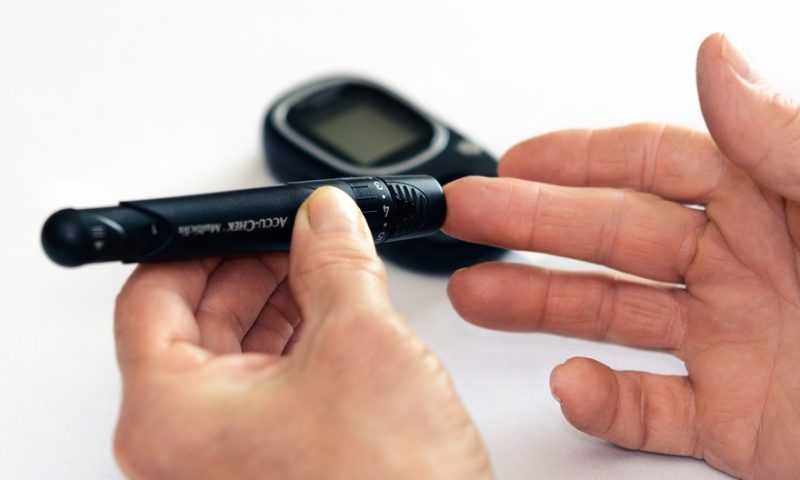The cell-signaling molecule interleukin-2 (IL-2) plays two very distinct roles in the immune system. It’s capable of either activating or containing inflammatory responses, depending on which cells predominantly respond to its signaling.
Now, scientists at Benaroya Research Institute, in collaboration with researchers at Amgen, have engineered a manmade IL-2 protein that has its pro-inflammatory feature muted.
In non-obese mice with diabetes, the modified IL-2 tamped down the autoimmune attack at the pancreas, resulting in significant protection from disease development, according to results published in the journal Science Immunology.
Type 1 diabetes happens when the immune system mistakenly attacks insulin-producing beta cells in the pancreas. Such autoimmunity is marked by pancreatic infiltration of T cells and natural killer (NK) cells, which compete with regulatory T cells, or Tregs, for IL-2.
IL-2 can promote inflammation by activating NK cells and CD8+ killer T cells. The FDA-approved drug Proleukin (aldesleukin) is a human recombinant IL-2 product that utilizes an immune-boosting effect to treat cancer.
By contrast, IL-2 can trigger an anti-inflammatory response by recruiting Tregs. So, theoretically, IL-2 can also be leveraged for autoimmune and inflammatory diseases. However, its two-faced nature makes it difficult to limit its effect to predominantly Treg stimulation.
To overcome this obstacle, scientists at Benaroya engineered 28 IL-2 variants with increased binding to CD25, a subunit of the IL-2 receptor that’s selectively expressed by Treg cells. They picked one that was significantly more effective than wild-type IL-2 at expanding Treg cell population but that also demonstrated much less inflammatory interactions with CD8+ and NK cells.
The team treated non-obese diabetic mice with their modified IL-2. While both the drug and wild-type IL-2 offered disease protection at a low dose, the efficacy was lower for wild-type IL-2 at a high dose. By comparison, the high-dose drug showed enhanced protection, with 75% of the mice remaining disease-free throughout the experiment, the team reported. Further analysis showed a marked reduction in the severity of pancreas inflammation in drug-treated mice versus the surviving control animals.
Benaroya is focused researching new methods for treating autoimmune diseases. Researchers there recently partnered with the Seattle Children’s Research Institute to genetically edit CD4+T cells to express the FOXP3 protein, and in doing so, they successfully turned them into Treg-like cells. They validated the approach in a mouse model of graft-versus-host disease (GVHD), with the goal to eventually develop a therapy for Type 1 diabetes.
An engineered form of the IL-2 protein with greater Treg selectivity is already being tested in humans with other autoimmune conditions. Amgen’s efavaleukin alfa (AMG 592) is currently in a phase 1/2 study in GVHD and a phase 1 trial in lupus, although an early-phase study in rheumatoid arthritis was recently terminated.
The Benaroya-led team suggested in the new study that engineered IL-2 variants hold great promise as “more efficient and flexible” alternatives to wild-type IL-2 for treating autoimmune diseases. By shedding light on their mechanism of action in living animals, their research can help guide therapeutically efficacious dosing strategies, the researchers wrote in the study.

